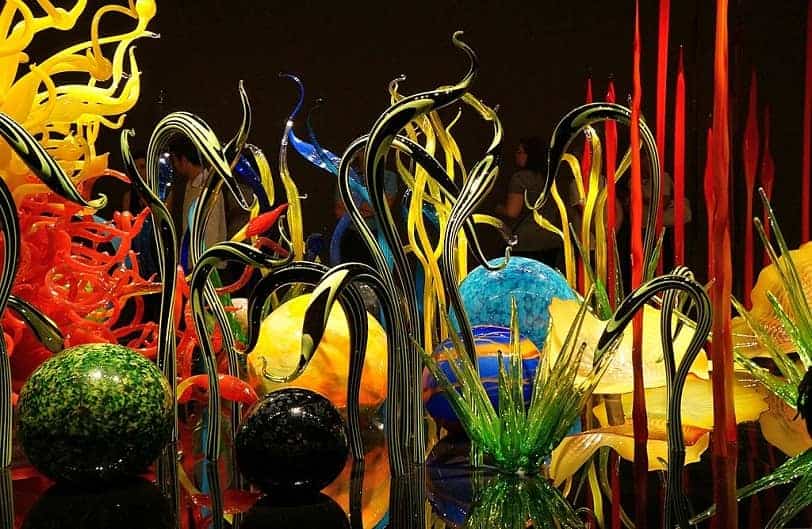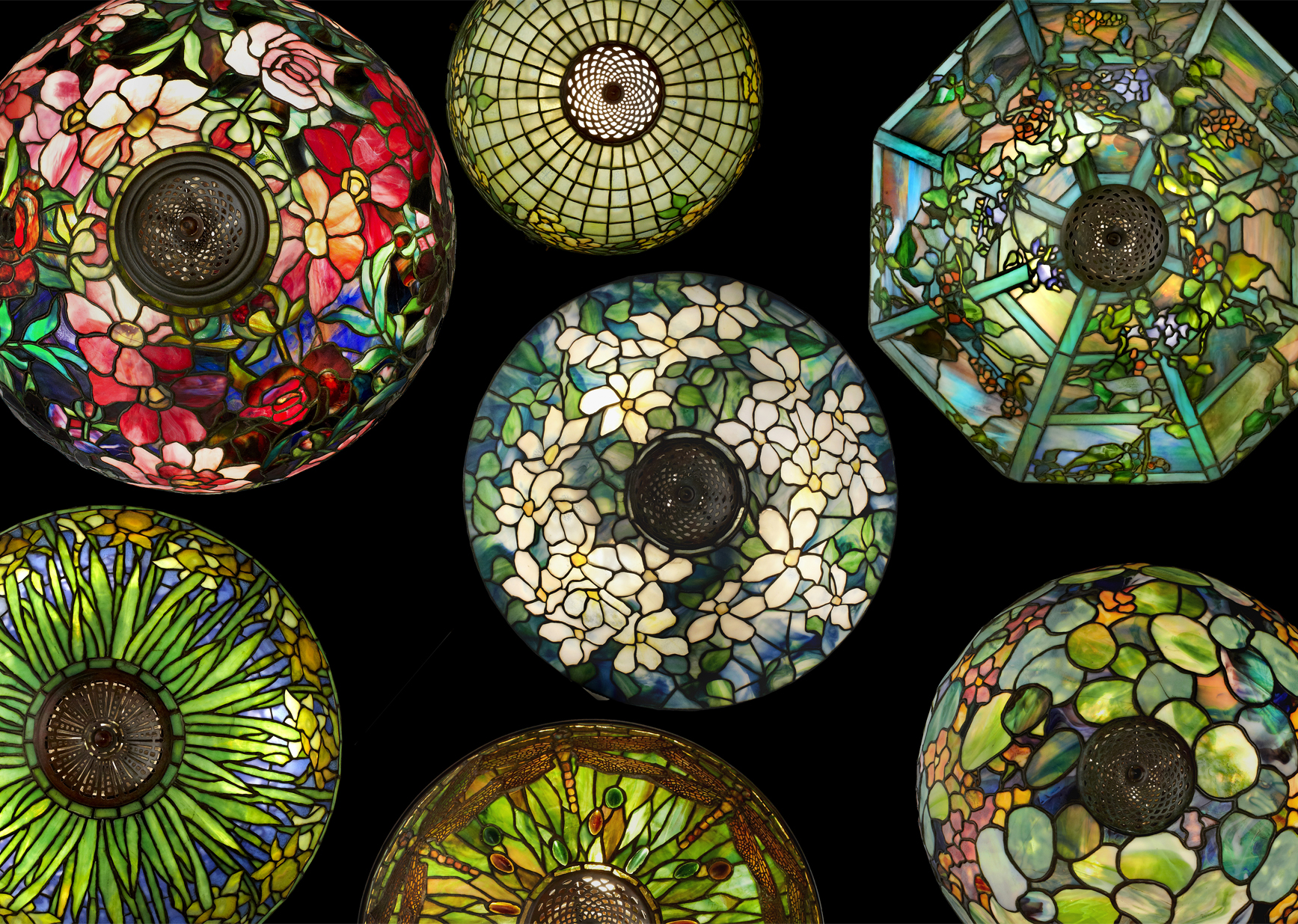Artisanal Glass: Discover the Timeless Beauty and Craftsmanship of Handcrafted Masterpieces
Artisanal glass, a symbol of exquisite craftsmanship and timeless beauty, has captivated art lovers and collectors for centuries. From delicate blown glass vases to intricate stained glass windows, the creation of artisanal glass is an art form that combines creativity, skill, and passion. Unlike mass-produced glassware, each piece of artisanal glass is unique, bearing the mark of the artist’s hand and the spirit of the creative process. In this article, we will explore the fascinating world of artisanal glass, delving into its history, the techniques used to create it, and how it continues to inspire and enchant those who appreciate fine craftsmanship.
The Rich History of Artisanal Glass

Artisanal glass has a long and storied history that spans thousands of years. The origins of glassmaking can be traced back to ancient Mesopotamia and Egypt, where artisans first discovered how to create glass from sand and other raw materials. These early glassmakers developed techniques for shaping and decorating glass, laying the foundation for the art form that we know today as artisanal glass.
Throughout history, different cultures have contributed to the evolution of glassmaking techniques. The Romans, for example, perfected the art of glassblowing, allowing for the creation of more complex and refined glass objects. The Venetians, particularly the glassmakers of Murano, became famous for their mastery of glass and their ability to create stunningly intricate designs and vibrant colors. Murano glass remains one of the most highly regarded forms of artisanal glass in the world, known for its unparalleled quality and beauty.
As the art of glassmaking spread across Europe and beyond, it continued to evolve, with each region developing its own unique styles and techniques. Today, artisanal glass is a global phenomenon, with artists from all over the world continuing to push the boundaries of what can be achieved with this versatile and captivating material.
The Art of Creating Artisanal Glass
Creating artisanal glass is a labor-intensive process that requires a deep understanding of the material and a high level of skill. Unlike mass-produced glassware, which is often made using automated machines, artisanal glass is crafted by hand, with each piece reflecting the artist’s individual vision and craftsmanship. There are several techniques used in the creation of artisanal glass, each with its own unique characteristics and challenges.
1. Glassblowing
Glassblowing is one of the most well-known techniques used in artisanal glassmaking. This process involves heating glass to a molten state and then shaping it by blowing air into it through a metal tube. The glass can be manipulated and shaped while it is still hot, allowing the artist to create a wide variety of forms, from simple bowls and vases to intricate sculptures.
The art of glassblowing requires a steady hand, precise timing, and a keen eye for detail. The glass must be kept at just the right temperature to be workable, and the artist must work quickly to shape the glass before it cools and hardens. The result is a piece of art that is both delicate and durable, with a unique character that can only be achieved through the glassblowing process.
2. Stained Glass
Stained glass is another popular form of artisanal glass, known for its vibrant colors and intricate designs. This technique involves cutting pieces of colored glass into specific shapes and then assembling them into a pattern, often held together by strips of lead. The glass can be painted or etched to add additional details and depth to the design.
Stained glass has been used for centuries in the creation of windows, particularly in churches and cathedrals, where the colorful glass can create a stunning effect as the light passes through it. Today, stained glass is also used in contemporary art and architecture, bringing a touch of color and elegance to any space.
3. Fusing and Slumping
Fusing and slumping are techniques that involve heating glass in a kiln to either fuse multiple layers of glass together or slump the glass into a mold. Fused glass can be used to create a wide variety of items, from jewelry and decorative tiles to larger art pieces. Slumped glass, on the other hand, is often used to create bowls, plates, and other functional objects.
These techniques allow for a high degree of creativity, as artists can experiment with different colors, textures, and shapes to create unique pieces of art. The process of fusing and slumping also allows for the incorporation of other materials, such as metal or organic elements, to add additional depth and interest to the finished piece.
4. Lampworking
Lampworking is a technique that involves melting glass rods using a torch and then shaping the molten glass with various tools. This method is often used to create smaller, more detailed pieces, such as beads, figurines, and jewelry. Lampworking requires a great deal of precision and control, as the artist must carefully manipulate the glass to achieve the desired shape and detail.
The art of lampworking dates back to ancient times, and it has been used to create everything from delicate Venetian glass beads to intricate scientific instruments. Today, lampworking is still widely practiced, with artists continuing to push the boundaries of what can be achieved with this versatile technique.
The Appeal of Artisanal Glass: Why It Endures

The enduring appeal of artisanal glass lies in its uniqueness, craftsmanship, and beauty. In a world where mass-produced items are increasingly common, there is something special about owning a piece of art that has been created by hand, with care and attention to detail. Each piece of artisanal glass tells a story, reflecting the artist’s vision and the skill that went into its creation.
Artisanal glass is also prized for its ability to bring beauty and elegance into everyday life. Whether it’s a hand-blown glass vase, a stained glass window, or a fused glass dish, these pieces can add a touch of artistry and sophistication to any space. The vibrant colors, intricate designs, and unique forms of artisanal glass make it a versatile and timeless addition to any home or collection.
Furthermore, artisanal glass is not just for collectors or art lovers; it can be enjoyed by anyone who appreciates fine craftsmanship and the beauty of handmade objects. From functional items like glassware and jewelry to purely decorative pieces, artisanal glass offers something for everyone.
How to Incorporate Artisanal Glass into Your Life
There are many ways to incorporate artisanal glass into your life, whether you’re looking to start a collection, add a unique touch to your home, or simply enjoy the beauty of this timeless art form. Here are a few ideas to inspire you:
1. Start a Collection
Starting a collection of artisanal glass is a wonderful way to appreciate the diversity and beauty of this art form. You can focus on a specific type of glass, such as blown glass or stained glass, or you can collect pieces from different regions or artists. As your collection grows, you’ll gain a deeper appreciation for the craftsmanship and creativity that goes into each piece.
2. Decorate Your Home
Artisanal glass can add a touch of elegance and sophistication to any home. Consider incorporating glass vases, bowls, or sculptures into your décor, or use stained glass panels or sun catchers to add color and light to your space. Artisanal glass can also be used in functional items, such as glassware or light fixtures, adding a unique and artistic element to everyday objects.
3. Wear Artisanal Glass Jewelry
Artisanal glass jewelry is a beautiful way to carry a piece of this art form with you wherever you go. From delicate glass beads to bold fused glass pendants, there are endless options to choose from. Wearing artisanal glass jewelry not only allows you to express your personal style, but it also supports the artists who create these unique pieces.
4. Commission a Custom Piece
If you’re looking for something truly unique, consider commissioning a custom piece of artisanal glass. Whether it’s a stained glass window for your home, a hand-blown glass sculpture, or a piece of jewelry designed just for you, a custom piece allows you to work directly with an artist to create something that is one-of-a-kind.
The Future of Artisanal Glass

As we move further into the 21st century, the future of artisanal glass looks bright. While mass production and technology continue to dominate many industries, there is a growing appreciation for the artistry and craftsmanship of handmade objects. Artisanal glass, with its rich history and timeless appeal, is perfectly positioned to continue inspiring and enchanting people for generations to come.
Moreover, as environmental consciousness grows, the demand for sustainable and locally made products is increasing. Artisanal glass, often made in small batches by independent artists, aligns with this shift toward sustainability and ethical consumption. By choosing artisanal glass, consumers can support local artisans and reduce their environmental impact, while also enjoying the beauty and uniqueness of handmade art.
Conclusion

Artisanal glass is more than just a craft; it is an art form that embodies creativity, skill, and passion. From the ancient glassmakers of Mesopotamia to the contemporary artists of today, the tradition of creating beautiful, handcrafted glass has endured for danatoto thousands of years. Each piece of artisanal glass is a testament to the artist’s vision and craftsmanship, offering a unique and timeless beauty that cannot be replicated by machines.
Whether you are a collector, a decorator, or simply someone who appreciates fine craftsmanship, artisanal glass has something to offer. By incorporating artisanal glass into your life, you can bring a touch of elegance and artistry to your surroundings, while also supporting the artists who continue to keep this ancient art form alive. As you explore the world of artisanal glass, you will discover not only the beauty of the finished pieces but also the rich history and tradition behind this captivating art form.
